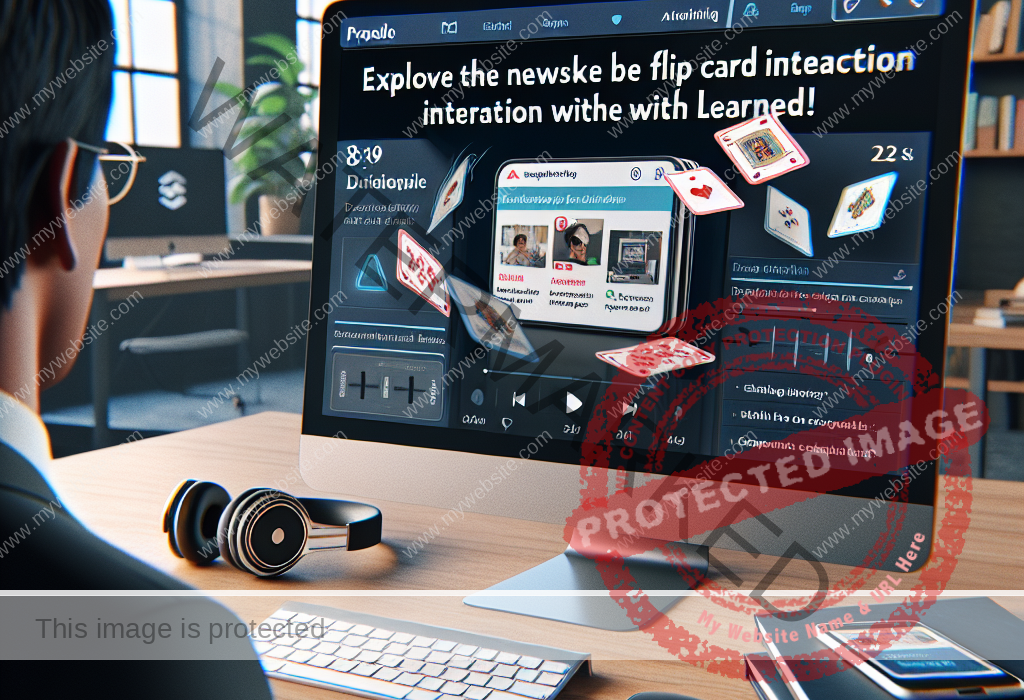MITRE ATT&CK Training Prepares Individuals for Real-World Cyber Threats
Reading Time: 3 minutesUnderstanding MITRE ATT&CK Framework in Cybersecurity Education Being an eLearning developer, I continuously seek innovative approaches for cybersecurity training. The MITRE ATT&CK framework emerges as a pivotal development in the industry, offering a structured insight into cyber adversary behavior. By exploring the tactics and techniques utilized in actual cyber attacks, learners can











